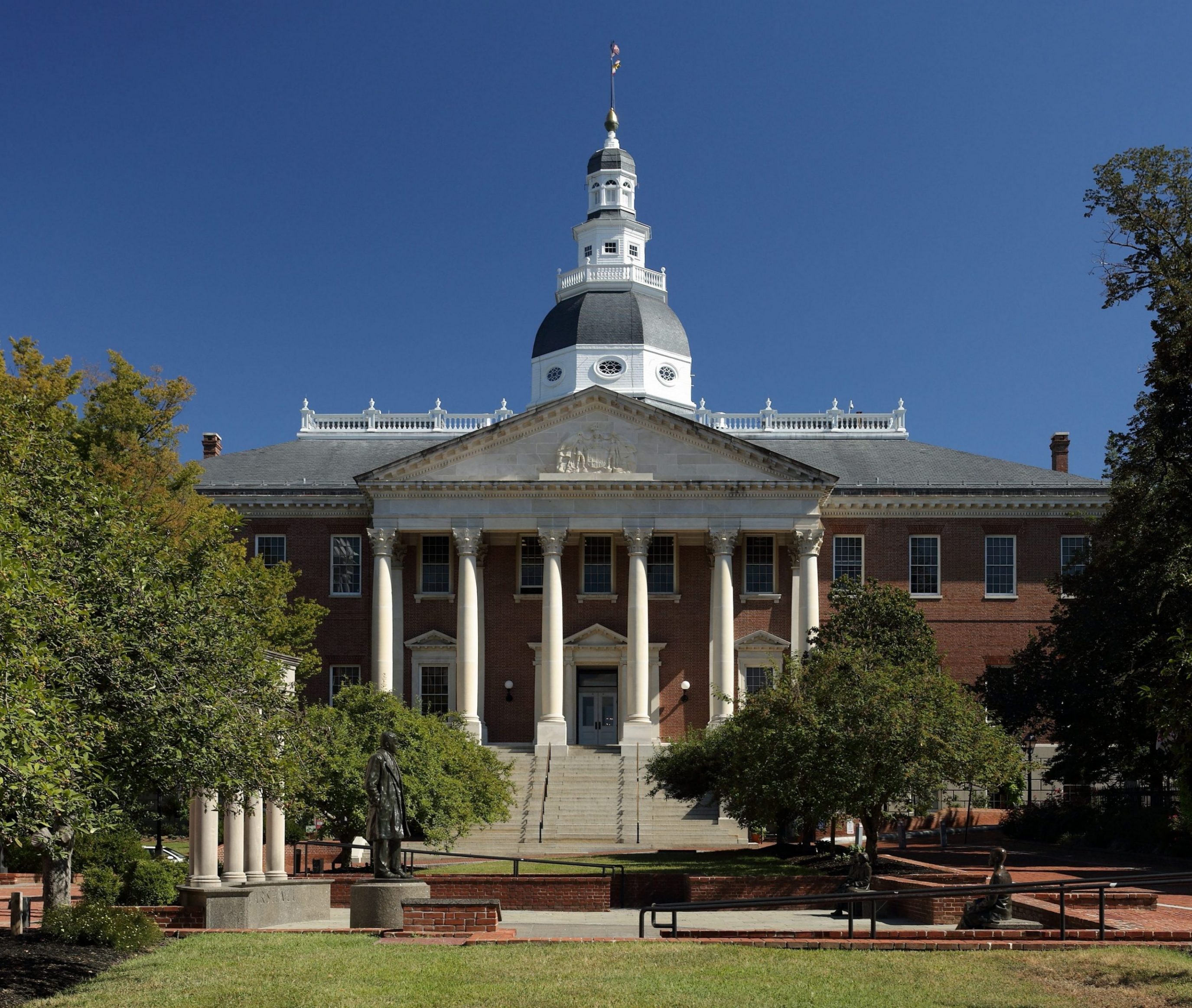Views expressed in opinion columns are the author’s own.
Earlier this month, in a move toward a new chapter for criminal justice in Maryland, it was announced that the state would move forward with the demolition of buildings at the Baltimore city jail. In 2015, Gov. Larry Hogan ordered the jail to be closed, calling it a “black eye” for the state and citing its poor conditions. The jail also has a bleak history of criminal activity and disrepair.
Although the demolition represents a push in the right direction, the state still has systemic issues in its criminal justice system. Without immediate legislative action and systemic change, unjust incarceration conditions will persist.
Unfortunately, the injustice in Maryland’s justice system is not limited to the poor conditions of its facilities. In 2015, less than 10 percent of the state’s incarcerated were enrolled in Medicaid upon release, and many were released without access to necessary prescription drugs. Poor health care and a lack of criminal justice reform is a harmful combination.
What Maryland needs is a system that treats addiction and substance abuse as a health care issue instead of a criminal issue and creates community-based care services to support individuals upon release. A comprehensive plan that enrolls all inmates in health care upon release and provides a network of care services would benefit the state at large and ensure the most vulnerable do not get left behind.
Other issues with Maryland policy on criminal justice relate to inmates’ life after jail or prison time — especially the inability of those with criminal records to find employment.
A “ban the box” bill, which would have prevented private employers from asking about criminal history on job applications, passed the Maryland General Assembly earlier this year, but Hogan vetoed the legislation. This screening can be a barrier to employment for an estimated 1.5 million Marylanders, and studies have shown unemployment plays a huge role in how likely someone is to end up incarcerated again.
As we approach another session in the General Assembly, advocacy groups and legislators should be prepared to continue the fight, so Maryland can follow in the footsteps of 35 states who have already passed similar legislation.
However, youth incarceration may be the most distressing feature of criminal justice in Maryland. The racial disparity between incarcerated youth in Maryland and the disturbing pattern of increased imprisonment of black youth from disadvantaged backgrounds are symptoms of what Michelle Alexander called “the new Jim Crow.” Being locked up as a juvenile can have long-term effects on mental health and can create further disparity between the health, wealth, education and success of minorities compared to the rest of the population.
That is, if you are ever released in the first place. In Maryland, more than 300 individuals currently serving parole-eligible life sentences were imprisoned for crimes they committed when they were 17 years old or younger. These detainees have the misfortune of living in one of only three states in the country where the governor must approve parole for those serving life sentences. This power has made it so those incarcerated in their youth and sentenced to life are more likely to die in prison than be granted parole.
With policies like this, there is a clear and urgent need for reform. Maryland has failed to take action against these injustices despite having several opportunities to pass strong criminal justice reform.
Closing and demolishing parts of a jail that have been in disrepair for decades and replacing it with a therapeutic facility sounds like a promising step for reform in the state. While we should celebrate this victory, there is still a lot of work to be done to promote dignity and justice for all Maryland residents.
Sonja Neve is a senior environmental science and policy major. She can be reached at sonjaneve55@gmail.com.



